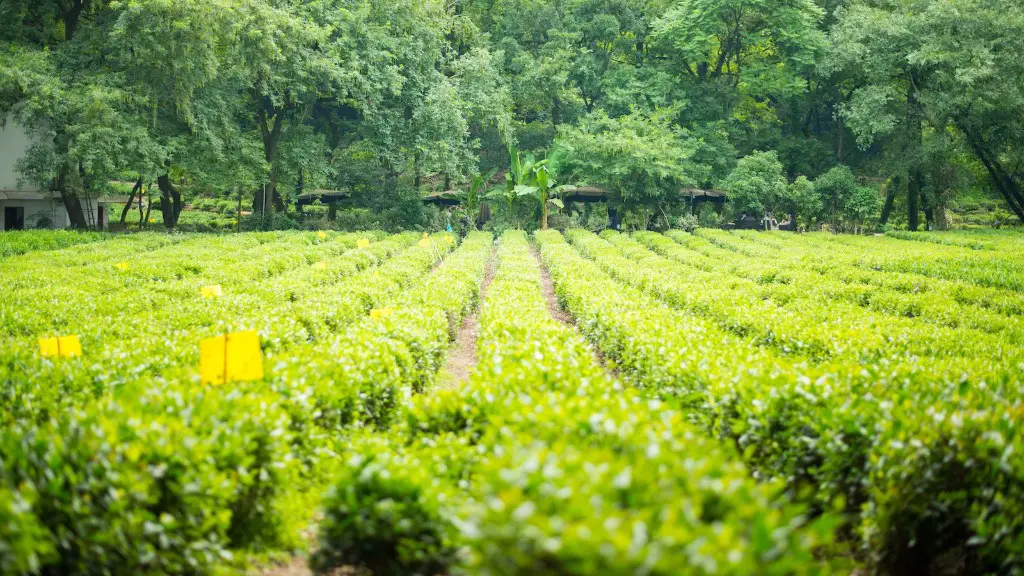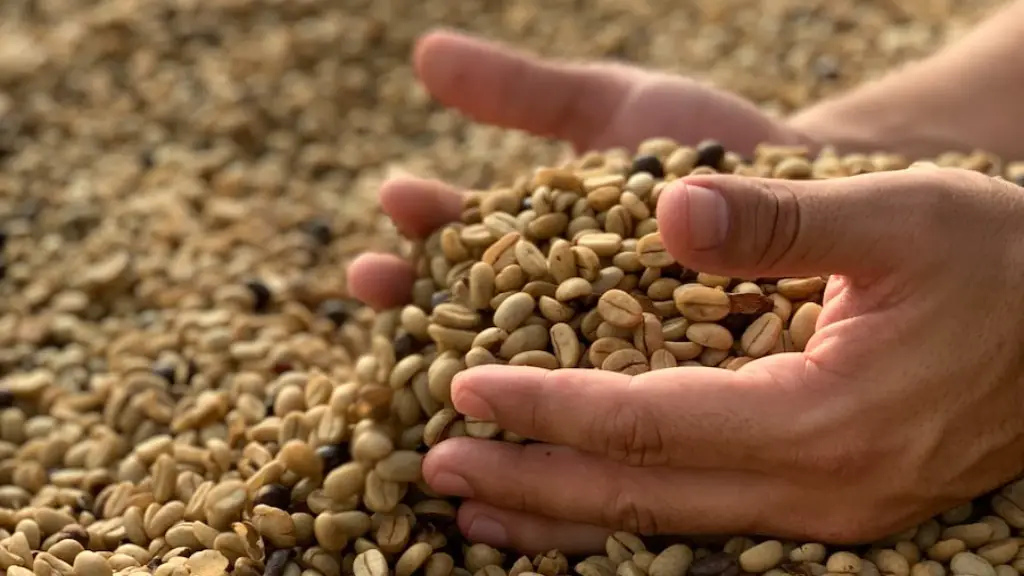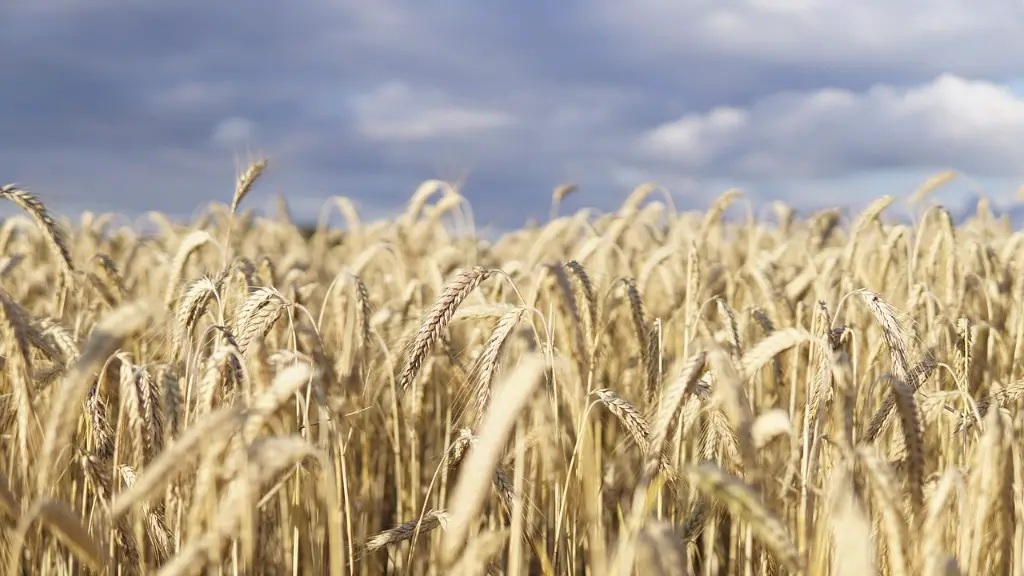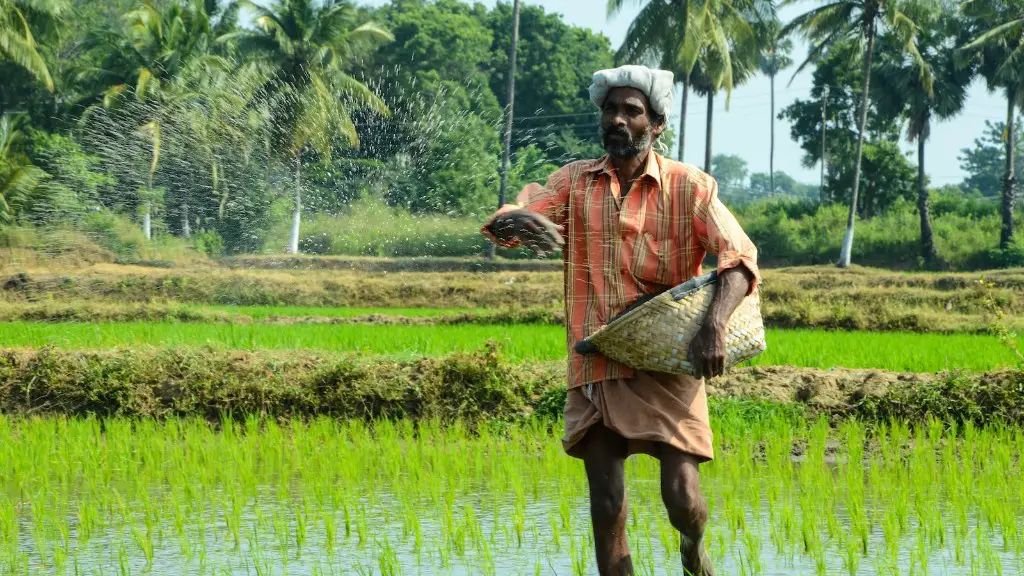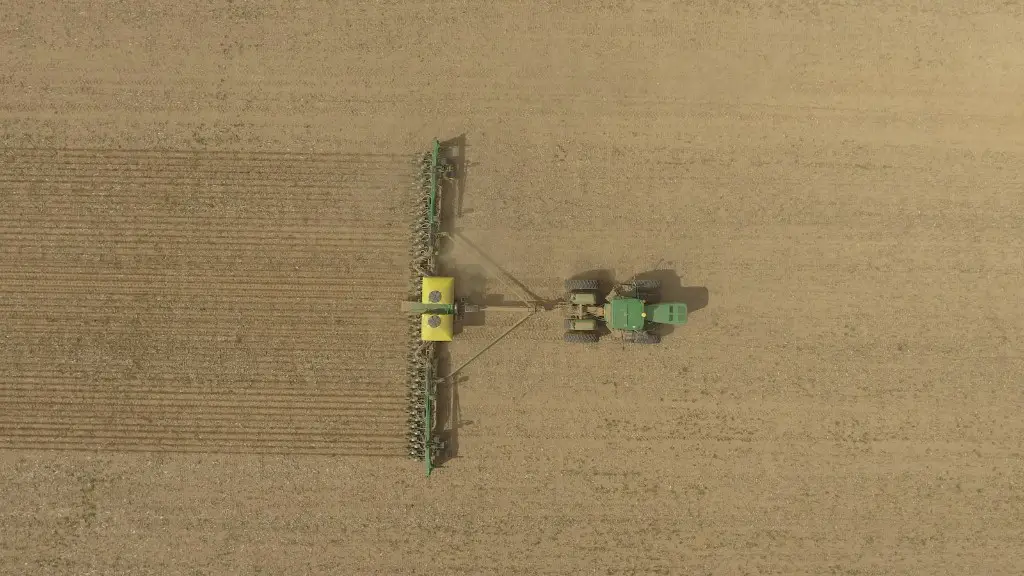Climate change is already making the world’s food systems more vulnerable. Crop yields are declining in many regions, while the locations and nature of pest and disease outbreaks are changing. These changes will have profound implications for farmers, food insecure households and the world’s economy.
Global warming will have many other impacts on agriculture, including:
– Changes in the length of the growing season and the timing of key events such as flowering and ripening
– More extreme weather events, such as heatwaves, droughts and floods
– Changes in the distribution of important pests and diseases
– Changes in soil moisture and water availability
There is a lot of debate on how global warming will affect agriculture. One report suggests that by the 2060s, global warming could cause a decrease in production of staple crops by up to 30%. The main reason for this is that the main agricultural regions will experience more frequent and more intense droughts. Another report, on the other hand, found that while increased CO2 would initially lead to a growth in crop yields, the effect would eventually diminish. The report found that by 2050, crop yields would be back to where they are today.
How is global warming affecting farming?
Climate change can have a major impact on food availability, access, and quality. For example, rising temperatures, changes in precipitation patterns, more extreme weather events, and reductions in water availability can all lead to reduced agricultural productivity. This can in turn cause food shortages and price increases, making it difficult for people to access the food they need. Additionally, climate change can also affect food quality, for example by increasing the spread of foodborne illnesses. It is therefore important to be aware of the potential impacts of climate change on food security and take steps to mitigate them.
As temperatures rise and carbon dioxide concentrations increase, crop yields are expected to decrease. This is especially true for major commodity crops such as corn, rice, and oats. Climate change will likely have a negative impact on food production and food security in the future.
What are some examples of climate change affecting agriculture
Climate change will bring more extreme weather conditions and flooding. Farmers will have to adapt their practices to account for changes in crop and livestock viability. They will also need to be on the lookout for new pests, pathogens, and weed problems.
Climate change will affect agricultural production in NSW, with changing conditions potentially attracting new pests and diseases, and changing the areas that are suitable for farming. This will have an impact on the types of crops that can be grown, and the yields that farmers can expect. We need to be prepared for these changes, and adapt our farming practices accordingly, in order to maintain a healthy and productive agricultural sector.
What are the five main environmental impacts of agriculture?
Agriculture can have a significant effect on the environment. Five of the most common environmental impacts are soil fertility loss, eutrophication of water bodies, deforestation, climate change and pesticide pollution.
Soil fertility loss occurs when the nutrients in the soil are depleted faster than they can be replenished. This can be caused by intensive farming practices that remove large amounts of vegetation, leaving the soil exposed to erosion. Eutrophication of water bodies occurs when there is an overabundance of nutrients, typically from agricultural runoff. This can lead to the growth of harmful algae blooms that can deplete oxygen levels and harm aquatic life. Deforestation is often a result of clearing land for agriculture. This can lead to habitat loss and climate change as trees play an important role in regulating the Earth’s temperature. Pesticide pollution can occur when chemicals used to protect crops are released into the environment. These chemicals can be harmful to human health and the environment.
Agriculture can have a significant impact on the environment. To minimize these impacts, it is important to use sustainable practices such as crop rotation, cover crops, and proper irrigation.
Water scarcity is one of the major components that contribute to crop failure predictions. In a warmer world, water is a critical resource and climate change will shift precipitation patterns, drying out some regions and inundating others. Most of the world’s breadbaskets are headed in the drier direction, which could lead to major problems in terms of food security.
What are 4 ways in which climate change impacts agriculture?
As the world continues to experience the negative impacts of global warming, agricultural productivity is expected to decline significantly. Crop yields are projected to decrease by up to 30% by 2050, while the quality of many crops is also expected to deteriorate. This will have major implications for food security and the livelihoods of farmers and other agricultural workers around the world. Climate change is also expected to cause an increase in weeds, blights, and harmful insects, which will further reduce crop yields and quality. In addition, the reduced growth period following high levels of temperature rise will result in less land being available for agriculture. All of these factors will contribute to a decrease in the global food supply, and a rise in food prices.
The main environmental problems that arise from food production are water use and water pollution, greenhouse gas emissions, and environmental contaminants and pollutants. These problems can be addressed by using more efficient water use practices, switching to renewable energy sources, and increasing recycling and reuse.
How is climate change affecting farms and our food
Climate change is already having an impact on food production and crop yields around the world. As temperatures and weather patterns continue to shift, these effects are expected to become more pronounced.
Changes in soil temperature and moisture levels have a direct impact on the health and productivity of crops. warmer temperatures can lead to more pests and diseases, while extended periods of drought can stressing plants and reduce yields.
In order to adapt to these changes, farmers will need to increasingly rely on technology and innovative practices. But even with the best management, there will likely be some decline in crop yields in the coming years as a result of climate change.
Climate change affects agriculture in many ways, from changes in average temperatures to flooding and drought. Crops are also affected by changes in pests and diseases, atmospheric carbon dioxide, and the nutritional quality of the soil. All of these changes can have a significant impact on crop yields and the overall productivity of the agricultural sector.
What are the two 2 environmental concerns in agricultural production?
Agricultural livestock, particularly cows, are responsible for a large proportion of global greenhouse gas emissions, most notably methane. In addition, overgrazing is a major problem regarding environmental sustainability. In some places, stretches of forage land are consumed so extensively that grasses are unable to regenerate. This can lead to soil erosion, loss of fertility, and other problems.
As temperatures continue to rise, the demand for water will also increase as crops and vegetation require more water for evapotranspiration. With a higher demand for water comes a more rapid depletion of soil moisture, which could lead to crop failures more often. Changes in rainfall patterns due to climate change could also exacerbate this problem. Therefore, it is important to be aware of the potential impacts of climate change on our food supply and take steps to mitigate these risks.
What is the biggest problem in agriculture
There are a few ways to help combat the loss of agricultural land. One way is to create incentives for farmers to keep their land in agricultural production. Another way is to purchase agricultural land that is in danger of being developed and keep it in agricultural production. This land can be used for growing a variety of crops or for pastureland for livestock. Increasing the number of farmers markets and direct-to-consumer sales can also help to keep farmers on their land.
There are a few ways to help combat the decrease in the varieties of crops and livestock produced. One way is to support farmers who are growing a variety of crops and livestock. Another way is to purchase products that are grown or raised using sustainable methods. This includes products that are certified organic, certified Humane, or that support fair trade practices.
Unemployment, waterlogging, salinity, acidity, and pests are common problems in agriculture. The country’s agriculture highly depends on rain-fed.
What are 3 problems of agriculture?
There is no one-size-fits-all solution to addressing the triple challenge of feeding a growing population, providing a livelihood for farmers, and protecting the environment. However, a key part of any successful strategy must be to set the table for success by creating an enabling environment that supports all three objectives.
This means creating policies and institutions that enable food production to be ramped up in a sustainable way, while also providing farmers with the tools and incentives they need to increase productivity and incomes. At the same time, it is essential to put in place measures to safeguard natural resources and protect the environment.
done
Agricultural development is essential for the economic growth of any country. When agricultural development is neglected, it can have far-reaching consequences for the economy as a whole. In India, insufficient public investment for agrarian development and inadequate access to institutional credit are two major reasons for the decline in agricultural productivity. In addition, frequent droughts and floods often destroy crops and lead to further decline in agricultural production.
Conclusion
There are a number of ways in which global warming can affect agriculture. One is through changes in temperature. As the Earth’s atmosphere warms, it can lead to higher temperatures during the growing season. This can result in crops being grown outside of their optimal temperature range, leading to reduced yields. Additionally, higher temperatures can also lead to more evaporation, which can contribute to drought conditions. Another way in which global warming can impact agriculture is through changes in precipitation patterns. As the atmosphere warms, it can cause changes in precipitation patterns, resulting in either too much or too little rain or snowfall during critical growing periods. This can also lead to drought conditions. Additionally, extreme weather events such as floods and storms can damage crops and lead to loss of production.
Global warming is already beginning to transform our agriculture. Fields are being flooded by unusual and unprecedented storms. Drought is becoming more common in areas that are traditionally dry. This is expected to continue and even intensify as the climate continues to change. Farmers will have to adapt their methods to deal with these new conditions, which will likely result in higher food prices.

